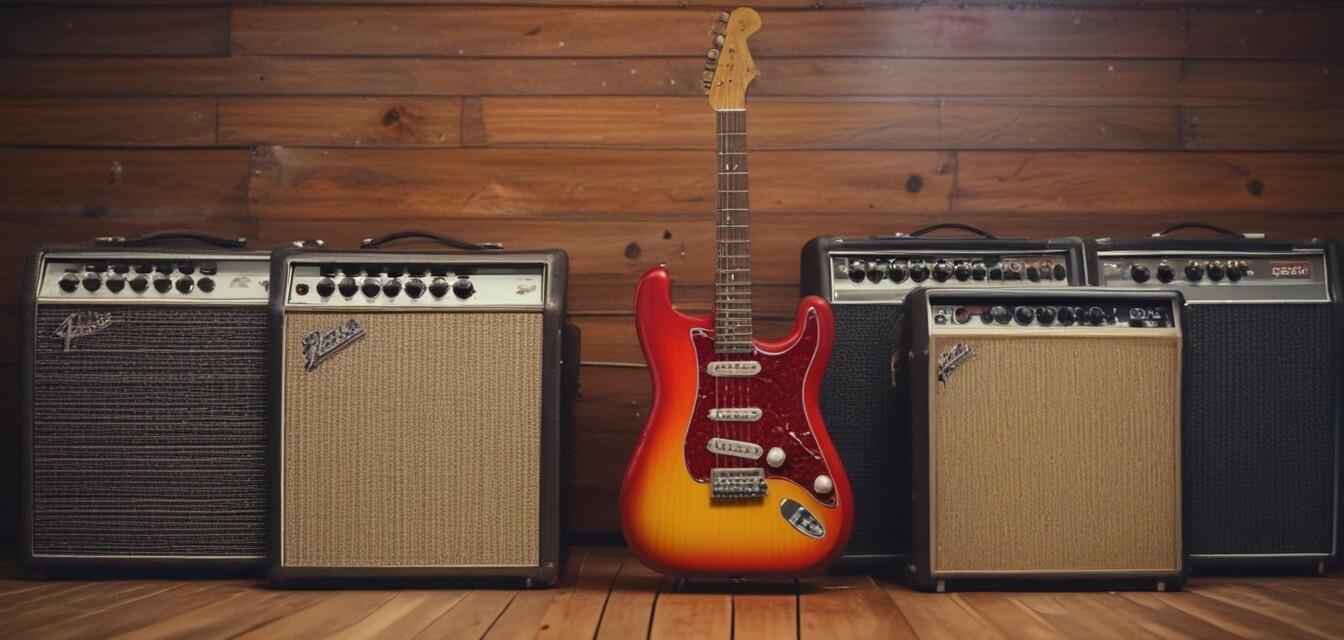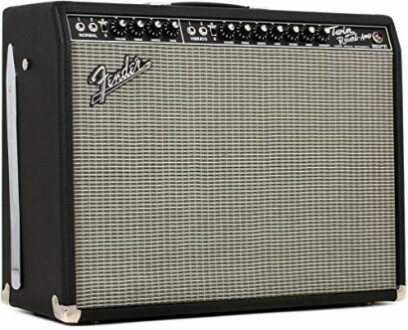
Essential Features in Fender Guitar Amps
Key Takeaways
- Understanding wattage and its impact on sound output is crucial.
- Speaker size and types greatly influence sound clarity and depth.
- Built-in effects can enhance versatility for different musical styles.
- Pay attention to the material and design for durability and aesthetics.
- Choosing the right amp can elevate your playing experience dramatically.
When it comes to playing guitar, choosing the right amplifier can significantly transform your musical experience. Fender has long been synonymous with quality and innovation in the realm of guitar amps. With various models tailored to suit different styles and needs, understanding the essential features of Fender guitar amps is pivotal for every guitarist, whether you're a beginner or a seasoned musician.
Understanding Wattage
The wattage of a guitar amp directly affects its sound output. Higher wattage amps can produce louder sounds and are more suitable for larger venues. Here, we break down how wattage impacts your choice.
| Wattage | Best For | Sound Characteristics |
|---|---|---|
| Below 15 Watts | Practice and small gigs | Generally cleaner tones, ideal for home use |
| 15 - 30 Watts | Small to medium venues | Good balance of volume and tone |
| 30 - 50 Watts | Medium venues and rehearsals | Capable of producing richer and fuller sounds |
| 50 Watts and above | Large venues and professional gigs | Powerful output with exceptional clarity |
Speaker Configurations
The speaker type and size also play a crucial role in the overall sound of your amp. Let’s explore the common combinations.
| Speaker Size | Typical Use | Sound Profile |
|---|---|---|
| 8 inches | Practice amps | Tighter sound with less bass |
| 10 inches | Compact setups | Fuller power with warm tones |
| 12 inches | Live applications | Rich bass response with clarity |
| 15 inches | Bass guitar | Deep bass sounds, excellent for low frequencies |
Built-in Effects
Many Fender amps come equipped with built-in effects. These effects can allow guitarists to explore diverse sounds without requiring additional pedals.
Common built-in effects include:
- Reverb
- Delay/Echo
- Chorus
- Tremolo
- Vibratone
Durability and Design
When investing in an amplifier, durability matters. Fender amps are known for their robust designs, often crafted from high-quality materials that ensure longevity.
Tips for Buying Fender Guitar Amps
- Consider your playing environment - Are you playing solo in a bedroom or with a full band?
- Test the amp in-store - Don’t just rely on reviews; your personal experience matters.
- Identify the sound you want - Want crystal clear notes or heavy distortion?
- Look for warranties or guarantees to protect your investment.
- Consider portability if you need to carry your amp frequently.
Recommended Fender Guitar Amps
Here are a couple of excellent options when looking for Fender guitar amps:
Fender 65 Twin Reverb Guitar Amplifier
Experience pure, loud, and legendary guitar tone with 85 watts of power and exquisite clarity provided by its dual 12” speakers.
Learn MoreFender Champion II 25 Guitar Amp
Offering 25 watts and 12 built-in effects models, this amp is perfect for any guitarist looking for versatility.
Learn MoreConclusion
Choosing the right Fender guitar amp revolves around understanding the essential features discussed. From wattage to speaker configurations, and built-in effects to durability, every aspect plays a crucial role in achieving the best sound for your music. With the right knowledge and a bit of testing, you can find the perfect amp that suits your style and elevates your performance.
Explore More
For further insights, check out our comprehensive guides on:

